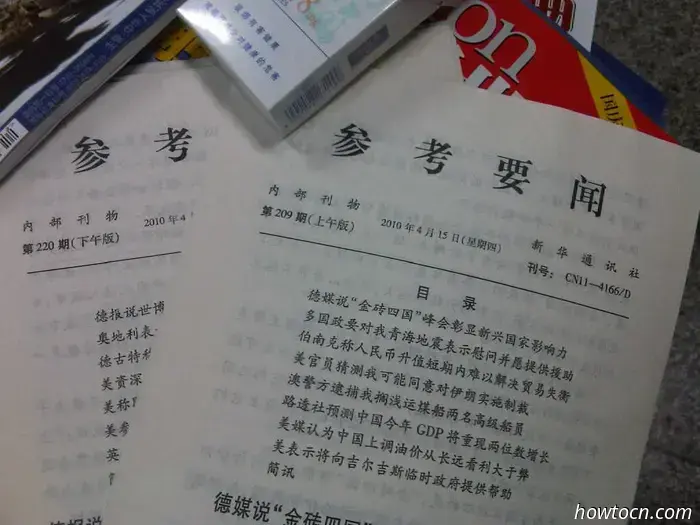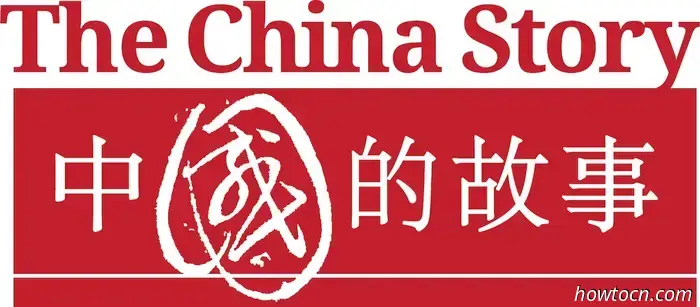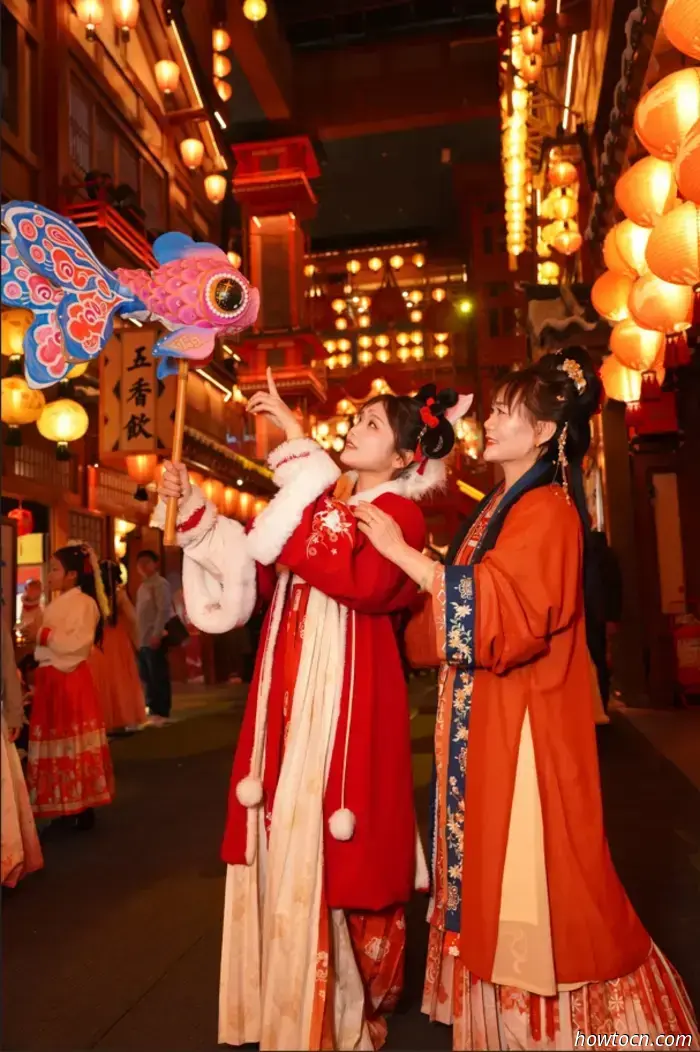
**Eyes Only: How China’s Party Leaders Acquire Their Information**
**Martin K. Dimitrov**
In China, similar to other communist regimes, there are two forms of media: one that is publicly accessible and another that is restricted to insiders within the regime who have the necessary clearances. The latter, referred to as neibu 内部, meaning 'internal circulation', has not been extensively studied by researchers. The question of whether a Mao-era structure like internal-circulation media has persisted into the twenty-first century arises from theoretical ambiguity regarding the function of internal publications in a time when much information is readily available to regime insiders through the Internet and social media. This article presents a theoretical argument about the role of neibu publications in China and contends that these media have retained their essential functions and continue to be crucial for conveying sensitive information to Party leaders in the digital era.
**What are neibu publications?**
Unlike publicly accessible media, neibu publications are exclusive to individuals of appropriate rank within the Chinese party-state. The classification of these publications varies, including neibu 内部 (internal circulation), mimi 秘密 (confidential), jimi 机密 (secret), and juemi 绝密 (top-secret). Here, neibu serves as a broad term for internal publications across all classification levels. The general principle is that these materials are available to regime insiders, with the recipient circle shrinking as confidentiality increases. For instance, Neibu cankao 内部参考 (Internal Reference) originally circulated as a secret 机密 serial accessible only to members of the Communist Party of China (CPC) Central Committee and provincial CPC Standing Committee members. Top-secret materials typically have an even more limited distribution, primarily aimed at CPC Politburo members and provincial Party secretaries.
In terms of genre, neibu publications mirror the kinds of media available to the public. They encompass books on technical subjects such as policing or military affairs; comprehensive government reports, yearbooks, and almanacs; documentaries on politically sensitive topics; academic research papers; and, lastly, periodic bulletins featuring news and analysis on domestic and international politics. The same writers contribute to both neibu and publicly accessible media, with the ultimate decision regarding which channel is more suitable resting with editors at Xinhua, major news outlets (which all have neibu publications), and significant publishing houses. These sources are remarkably diverse.
**Internal media during Mao's era**
Researchers studying Maoist China have an invaluable resource for systematically examining the content of internal media: the classified Neibu cankao serial, available in its entirety for the 1949–1964 period at the Universities Service Centre at the Chinese University in Hong Kong. Analysis and detailed coding of the 3,612 issues published from September 1949 to December 1964 reveal that this serial, designed for top leadership, included a wide range of negative news. Readers were informed about concerning events like famine, shortages, and instances of bureaucratic corruption, theft, and waste, as well as unrest among ethnic and religious minorities. Additionally, Neibu cankao reported on various anti-regime and enemy activities, such as the formation of counterrevolutionary organizations or the infiltration by foreign spies. Reports on hostile reactions, opinions, and criticisms regarding the Party and its policies, including some on superstitious rumors, were among the most common. This reporting starkly contrasted with that of the publicly accessible media, such as People’s Daily, which primarily highlighted the Party's achievements and commendations.
Other classified publications from the Maoist period include the initially classified Reference News (Cankao xiaoxi 参考消息), which began as neibu but significantly expanded its recipient base in 1957, eventually becoming a newspaper widely available by the late 1970s. Furthermore, there are individual issues of serials, bulletins, and government documents across various classification levels, along with Xinhua almanacs discussing internal reference publications. Collectively, these accessible sources from different archives in Hong Kong and the West support the assertion that internal media persisted during the most challenging times in China’s political history, such as the Great Leap Forward and the Cultural Revolution, despite claims from orthodox supporters of the Cultural Revolution advocating for their cessation. Their survival can be attributed to the value placed on them by top leaders. Vice-Premier Chen Yi remarked in 1966 that neibu Reference Materials (Cankao ziliao 参考资料) are ‘our daily bread’ and ‘we cannot work without it’. Mao and Zhou Enlai also insisted on reviewing Reference Materials and Important News of the Day (Meiri yaowen 每日要闻) before retiring for the night.
**Internal reference materials under Xi**
Various sources indicate that neibu publications maintain their significance today. Anecdotal evidence suggests that Chinese academics believe that the internal reports they produce may lead to greater bonuses and quicker promotions than those published in openly circulating

The lives of Africans in Guangzhou have been adversely impacted by China's stringent visa and residency regulations, as well as police oversight. This includes direct visa checks that could result in deportation, and indirect monitoring in shopping malls where Africans conduct business, the hotels they occupy, and the community committees in their residential areas. The majority of African importers possess thirty-day tourist visas or visitor visas that last one to two months, which are inadequate for placing orders, waiting for factory deliveries, and managing shipping processes. Only a small percentage have managed to secure longer residency permits (up to one year) to operate cargo businesses or stores in China. Some individuals are residing there illegally, either on fraudulent visas (sometimes issued by deceitful visa agencies) or by overstaying due to a lack of funds to purchase a return ticket.

As US TikTok users seek solace in an alternative Chinese app named Xiaohongshu, we explore the app's background, its distinctive features, and its growing global impact.

Thank you for engaging with the China Story. The moment has arrived for us to part ways. The website will cease updates starting February 2025.
-Science-Fiction-The-China-Story.png)
In April 2024, Nymphia Wind, a drag queen from Taiwan, made history as the first East Asian winner of RuPaul's Drag Race. Clips of her in a shimmering golden outfit gained widespread attention online, bringing Taiwan into the global media spotlight and establishing her as a kind of queer representative for Taiwanese authenticity to the world. As she humorously noted, this role can be compared to a wai jiao guan 外焦官 – ‘external banana official’, a play on words with the term for 'ambassador' 外交官.

In April 2024, the Taiwan Constitutional Court conducted a hearing regarding the potential violation of constitutional human rights guarantees by the death penalty. On September 20, it decided to maintain the death penalty, introducing some new safeguards for its application. Although a coalition of abolitionist non-governmental organizations (NGOs) and research institutions, spearheaded by the Taiwan Alliance to End the Death Penalty (TAEDP), has spent twenty years campaigning for its abolition, numerous polls have consistently shown significant public resistance to eliminating the death penalty.

Chinese digital nationalism is experiencing a notable rise. A significant indication of this is the increasing public interest in cultural heritage across the nation, particularly among younger generations. They showcase their passion through the enthusiastic purchase of heritage items, such as traditional Hanfu 汉服 fashion, which includes the classic skirt known as mamianqun 马面裙 and the cheongsam, a widely recognized women's dress style from the early 20th century, also referred to as qipao. As reported by Alibaba’s digital marketing platform, in January 2024, sales of mamianqun rose by nearly 25 percent, while cheongsam sales increased by over 31 percent.
A common saying regarding communist regimes is that their leaders tend to overlook the intelligence provided to them. Martin Dimitrov explores the different internal reference materials under Xi and asserts their ongoing importance. In China, similar to other communist regimes, there are two categories of media: one that is publicly available and another that is restricted, accessible solely to regime insiders with the necessary clearances. This second category, referred to as neibu 内部 or 'internal circulation,' has not been as thoroughly examined by scholars.